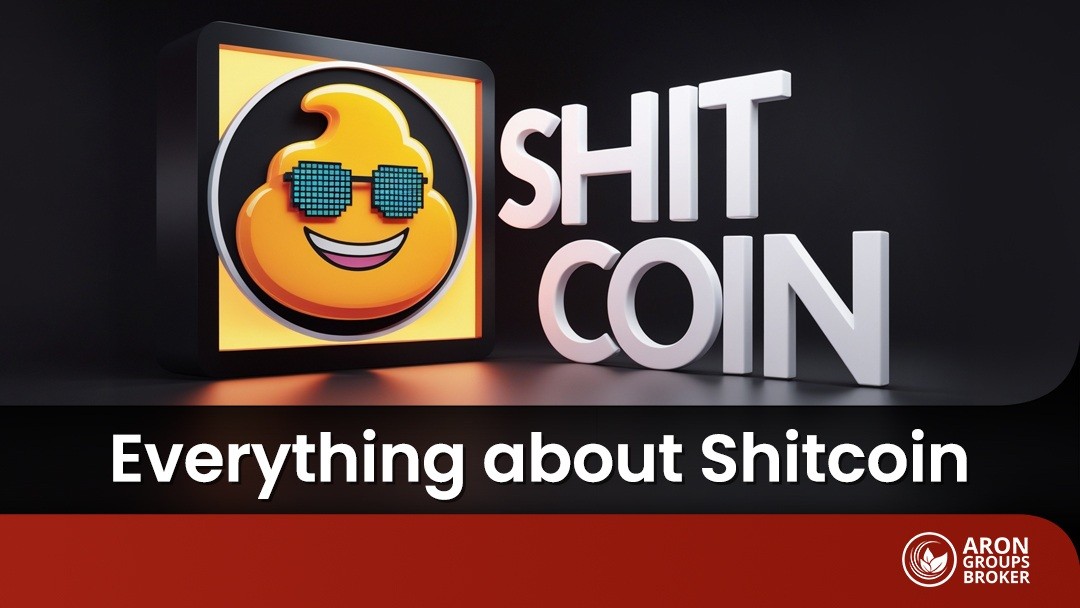Alongside valuable and promising projects in the crypto market, hundreds of worthless and deceptive cryptocurrencies are waiting to seize your capital, commonly known as shitcoins. If you fall for their attractive appearance, you could lose your investment within minutes.
Understanding what a shitcoin is and learning how to identify them is a crucial step for every investor. In this article, we will clearly and accurately explain the characteristics, risks, and methods of identifying shitcoins so that you can stay safe from the traps of the crypto market. If you want to protect your capital from the danger of shitcoins, stay with Aron Groups until the end of this article.

- A shitcoin is a cryptocurrency with little to no intrinsic value, and its purpose or utility is not clearly defined.
- Shitcoins typically have no transaction limits, allowing whales to manipulate prices easily. Therefore, reviewing the whitepaper to check for transaction caps and token holding limits is essential.
- By using tools such as BscScan or Etherscan, you can verify the actual number of token holders. If a large portion of the tokens (for example, 50%) is held in just a few wallets (e.g., three addresses), it’s a clear warning sign of a potential rug pull or sudden liquidity withdrawal.
- According to Investopedia, shitcoins are often associated with short-term price spikes followed by sharp declines, as investors rush to capitalize on quick profits.
What Is Shitcoin?
In the crypto market, the term shitcoin refers to tokens that have no real value or clear purpose. These projects usually attract investors with flashy ads and unrealistic promises but offer nothing of substance. Unlike Bitcoin or Ethereum, which are built on strong technology and real use cases, shitcoins are often weak copies created only for quick profit.
A main sign of a shitcoin is the lack of a proper whitepaper. A good whitepaper explains the project’s roadmap and long-term goals. Shitcoins either have no whitepaper or one full of empty claims. Their development teams are usually anonymous or use fake identities.
Some of these projects even use celebrity names to gain trust. You can see many of them on platforms like Solana, where new, unknown tokens appear every day and disappear soon after. These are typical scam projects that leave investors with worthless tokens.
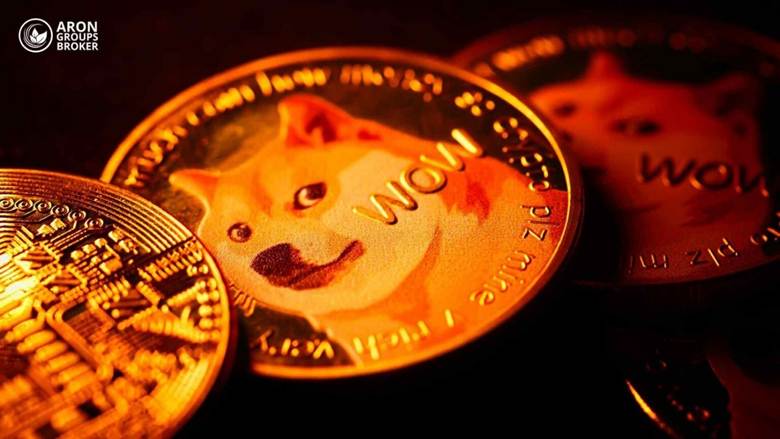
History of Shitcoins
From the beginning of the crypto era, shitcoins have been a constant part of this fast-changing market. In the early years, many new shitcoins came from Bitcoin forks, such as Bitcoin Cash, or from low-value altcoins that lacked real innovation.
The biggest rise of shitcoins happened in 2017 and 2018, when Initial Coin Offerings (ICOs) became a popular way to raise money. Many of these projects had no valid whitepaper and offered no clear explanation of their technology or goals. They were mostly created to scam investors and disappear after collecting funds.

According to MarketWatch, in 2017 more than 4 billion dollars was raised through ICOs, but about 46 percent of those projects failed or disappeared shortly after.
With the launch of scalable blockchains like Solana in 2020, creating shitcoins became even easier. Solana’s fast network and low fees allowed developers to make new tokens quickly, most of which had no value and were designed only for short-term profit.
This history shows that shitcoins have always used market hype and new technology to attract attention. Knowing this background helps investors spot risky and suspicious projects before it’s too late.
How to Identify Shitcoins
Recognizing shitcoins in the crypto market is essential for protecting your investment. You can identify them by analyzing a few key factors. With careful evaluation, you can avoid falling into the trap of worthless projects. Below are some practical ways to help you make smarter and safer decisions.
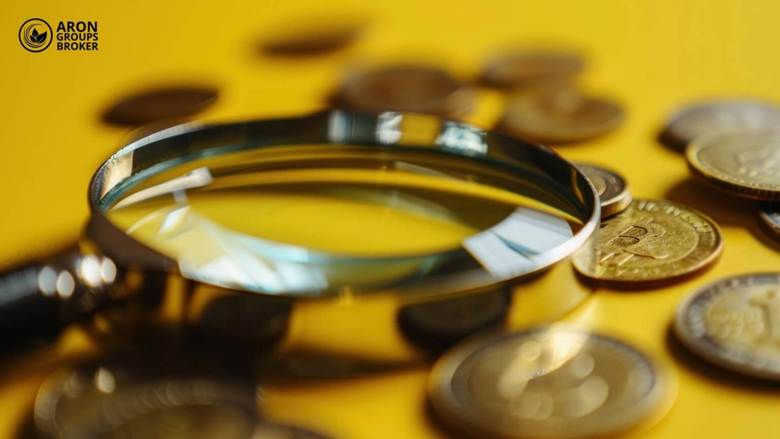
Lack of a Whitepaper
Every legitimate crypto project provides a detailed and technical whitepaper that explains its goals, technology, and roadmap. If a project doesn’t have one or if the document is full of unrealistic claims, it’s most likely a shitcoin. Such projects usually focus only on marketing and have no long-term plan.
Anonymous Team
A transparent and verifiable team is the foundation of any successful project. If the developers hide their identities, have no clear background, or misuse celebrity names, that’s a major red flag. Scam projects often use vague titles like “an international team of blockchain experts” to seem legitimate.
Exaggerated Marketing (Shilling)
Shilling is a common tactic among fake projects. If you see social media posts or comments constantly talking about a “financial revolution” or “1000x profits,” be cautious. These are meant to create false excitement and lure investors.
Unusual Trading Volume (Pump and Dump)
Pump and dump schemes are one of the main signs of a shitcoin. In this strategy, the token’s price is artificially inflated to attract buyers and then suddenly crashes. The reason is simple: the creators want to cash out before the project collapses.
Listing on Unreliable Exchanges
Trusted exchanges like Coinbase or Binance list projects only after strict review. If a token is available only on unknown or low-volume exchanges, it’s a warning sign of a risky or potentially fraudulent project.
Risks of Investing in Shitcoins
Investing in shitcoins is one of the most dangerous financial decisions and can quickly wipe out your capital. Here are the main risks of these projects.
Severe Price Volatility
- Shitcoins are highly volatile because they have no real value.
- A classic example is the explosive shitcoins of 2022, such as Luna Classic (LUNC), which lost 99.9% of its value in just a few days.
- These fluctuations are often made worse by fake news or emotional marketing.
Pump and Dump Schemes
- Pump and dump is a coordinated strategy to deceive small investors.
- Developers artificially raise the price to attract buyers, then sell their holdings and crash the market.
- This leaves ordinary investors with heavy losses while the creators profit.
Low Liquidity
- Many shitcoins are traded on small or unreliable exchanges with little liquidity.
- Even if the price of a token like some Solana shitcoins rises, you might not be able to sell it at all.
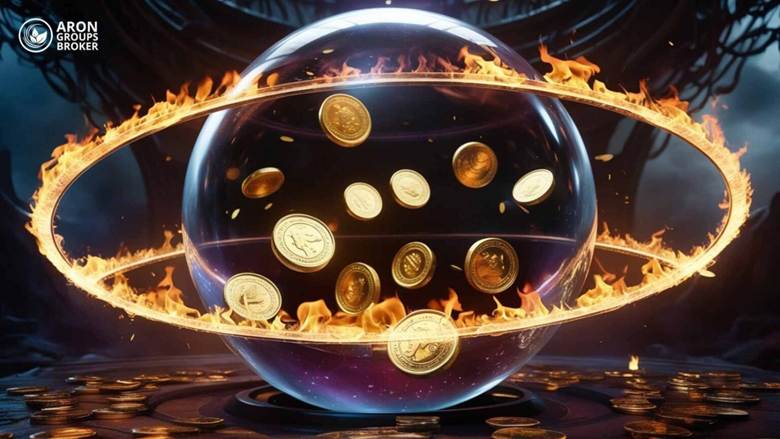
Famous Examples of Shitcoins
In the world of cryptocurrency, some shitcoins have gained attention because of their unique features or connections to famous figures. However, most of them became notorious due to scams or having no real value. Below are a few well-known examples and the reasons behind their bad reputation.
Squid Game Token
This token was inspired by the popular TV series Squid Game and promised an online play-to-earn game. After a sharp price surge, users discovered they couldn’t sell their tokens. The developers disappeared with around 3.38 million dollars, making it a confirmed scam project.
SafeMoon
Launched in 2021, this token became popular by rewarding holders and penalizing sellers. In November 2023, the U.S. SEC and the Department of Justice charged SafeMoon and its executives with fraud and illegal sale of digital securities. The company declared bankruptcy in December 2023.
Dogecoin
Created as a joke, Dogecoin gained massive popularity thanks to Elon Musk’s public support. Although it is often labeled a shitcoin, its strong community and public backing have kept it active in the crypto market.
Shiba Inu
Known as the “Dogecoin Killer”, Shiba Inu attracted attention with its massive supply and enthusiastic community. While it is not as established as Dogecoin, it shares similar traits and is often grouped among Elon Musk’s meme-inspired shitcoins.
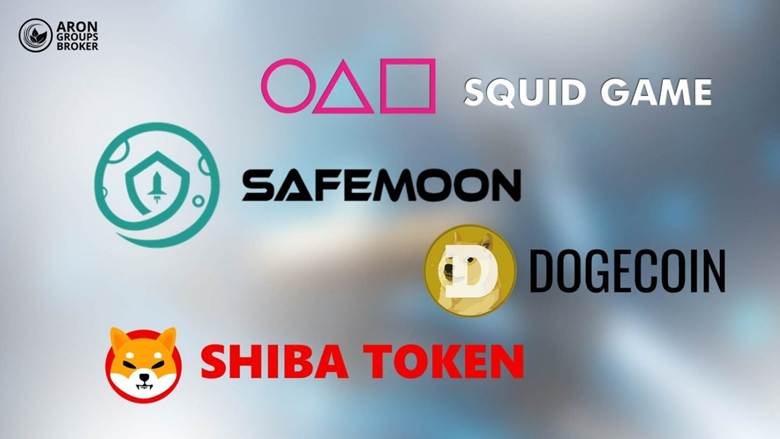

In 2025, scammers began using Elon Musk’s image and similar names such as “Grok” and “Daddy” to promote fake tokens. These actions prompted Musk to post memes on the X platform, warning users about these ongoing crypto scams.
Difference Between Shitcoins and Meme Coins
There are important differences between shitcoins and meme coins, and understanding them is essential for anyone interested in the crypto market.
A shitcoin is a digital currency with no real value, clear purpose, or practical use. These tokens are often created for scams or quick profits and usually disappear after a short time.
A meme coin, on the other hand, is inspired by internet memes or popular characters. These coins are mostly created for fun or to build a community of fans. While some have achieved success, most still lack any real-world utility.
Main Differences Between Shitcoins and Meme Coins:
| Feature | Shitcoin | Meme Coin |
|---|---|---|
| Purpose | No clear purpose or use | Entertainment, community building, or meme culture |
| Intrinsic Value | Almost none | Depends on popularity and community support |
| Investment Risk | Very high, likely to lose money | High, but sometimes profitable |
| Examples | Scam projects or worthless tokens like Squid Game Token | Dogecoin, Shiba Inu, PEPE, $TRUMP |
While shitcoins are mainly known for their fraudulent or worthless nature, meme coins often gain attention through active communities and viral meme culture. However, both carry high investment risk, and it’s strongly advised to do thorough research before investing in either type.
How to Avoid Falling for Shitcoin Scams
To protect your investments from shitcoins and avoid getting trapped in fraudulent projects, it is important to follow a few key strategies.
Do Thorough Research Before Investing
Before investing in any project, especially so-called “top shitcoins” or “new promising shitcoins,” conduct detailed research. Review the project’s whitepaper, development team, and background to identify signs of legitimacy or potential fraud. Also, check the number of token holders and trading volume to evaluate the project’s overall health.
Use Trusted Exchanges and Secure Wallets
Always buy and store your cryptocurrencies through reputable and regulated exchanges. For long-term storage, use hardware wallets (cold wallets), which provide better protection against hacking and online attacks.
Manage Risk and Diversify Your Portfolio
Investing in a single project, even if it seems like a “high-potential shitcoin,” can be extremely risky. Diversify your investment portfolio to spread out the risk. Holding more reliable assets like Bitcoin and Ethereum can help balance your overall portfolio.


Even if you believe you’ve found the best shitcoin to invest in, never allocate more than 5% of your capital to it. In reality, there are no true long-term investment shitcoins. Focus instead on projects with a clear roadmap that spans at least three to five years.
By following these strategies, you can avoid scam projects and build a safer and more sustainable investment approach in the crypto market.
Conclusion
In the path of cryptocurrency investing, identifying shitcoins is not only about avoiding losses but also a key skill for distinguishing real projects from fake ones. Many scams succeed not because they are complex but because of investor negligence and excessive excitement.
If you can correctly analyze factors such as the development team, the whitepaper, real trading volume, and whale behavior, you will not only avoid falling into shitcoin traps but also gain a clearer understanding of future project quality.
Never forget that saving your capital depends on your knowledge and careful analysis.












